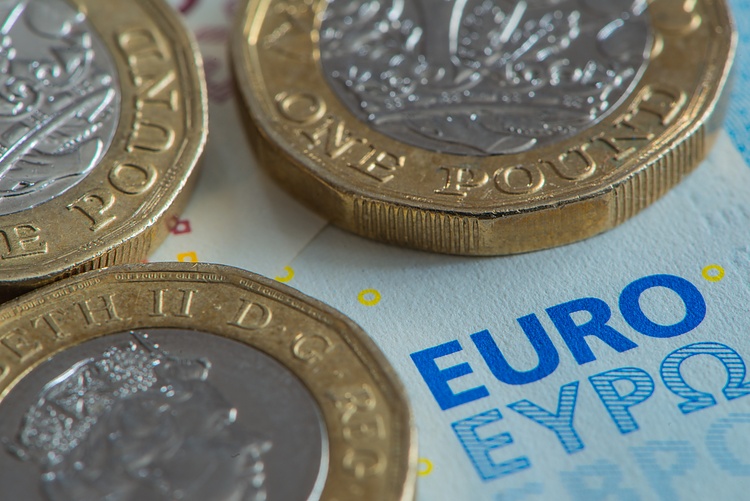The EUR/GBP pair has rebounded to 0.8530 as European Central Bank (ECB) Governing Council member Isabel Schnabel expresses doubts over rate cuts in July. Investors remain uncertain about the ECB extending the policy-tightening spell in subsequent monetary policy meetings. Schnabel highlighted the potential consequences of an aggressive rate-cut cycle by the central bank, amid a noticeable decline in price pressures but persistent elements such as domestic and service inflation.
The Euro’s strength is also supported by consistently growing Eurozone PMI numbers, with the Composite PMI data rising at the fastest pace in over two years. This suggests that the economy is on track to post solid GDP gains in the second quarter. On the other hand, the Pound Sterling struggles to outperform the Euro due to weak preliminary PMI for May and poor Retail Sales data for April in the UK. Monthly Retail Sales declined at a faster pace of 2.3%, raising concerns over the economic outlook.
Investors had forecasted a decline of 0.4% in Retail Sales data from the prior reading of 0.2%, with annual Retail Sales contracting by 2.7% after expanding at a pace of 0.4% in March. This has led to expectations for the Bank of England (BoE) pivoting to interest-rate cuts in the June meeting. Traders had initially pared back bets on rate cuts in June after April’s inflation data softened at a slower pace than expected by market participants.
The EUR/GBP pair bounced back from the psychological support of 0.8500, finding buying interest as investors weigh the ECB’s potential rate-cutting actions. Despite expectations for rate reductions starting from the June meeting, uncertainty remains on whether the ECB will follow suit in July. Schnabel’s comments have added a level of doubt to the market, as she acknowledges the decrease in price pressures while noting the persistence of domestic and service inflation.
Eurozone PMI data has been a major driver of the Euro’s strength, with the Composite PMI increasing at the fastest pace in over two years. This positive economic data suggests that the Eurozone economy is on a path towards solid GDP gains in the second quarter. Conversely, weak economic indicators in the UK, such as poor Retail Sales data and preliminary PMI for May, have led to concerns over the Pound Sterling’s outlook. The UK’s ONS reported a faster decline in monthly Retail Sales than anticipated, further fueling expectations for BoE interest-rate cuts in the upcoming June meeting.











